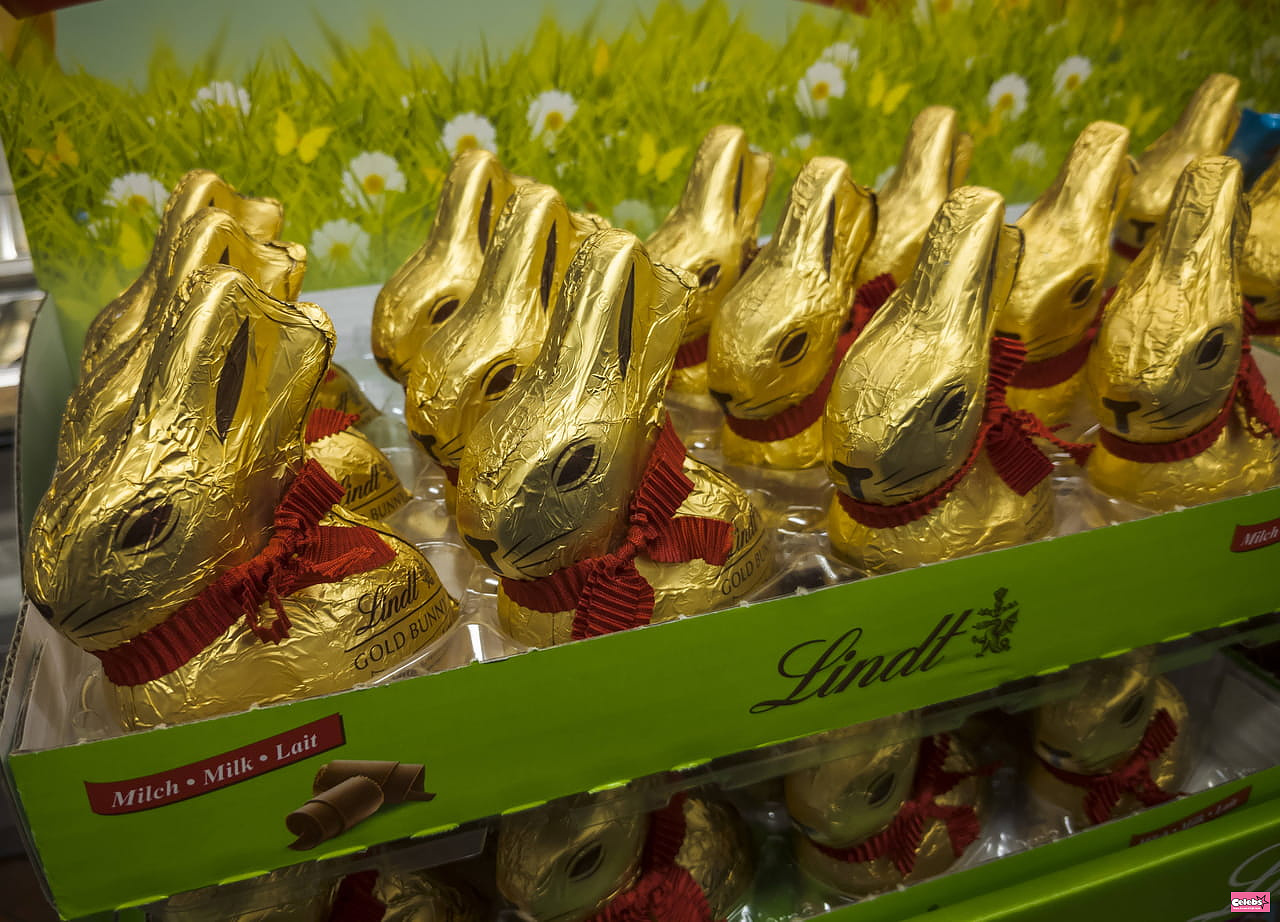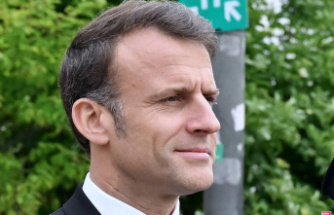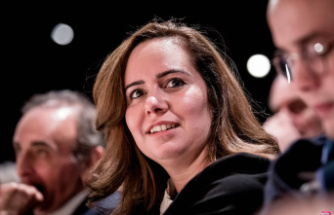As the Easter weekend approaches, the price of chocolates seems insane. But why is it so expensive?
The major brands of chocolate available in supermarkets release their flagship Easter products every year and some have become essentials for this holiday. But inflation, which has been accelerating for several years, complicates purchases for this weekend. According to a study carried out by UFC Que Choisir and published this Wednesday March 27, chocolate has increased by an average of 5% compared to last year.
As this study reveals, key Easter products are particularly affected by inflation. The famous golden rabbit from the Lindt brand, for example, which is a great classic of the Easter period, saw its price increase by 6%. With it, other popular products from other brands have grown and sometimes more than from Lindt. As UFC Que Choisir indicates: “Ferrero is not in moderation, with its Easter special Kinder Surprise box of 6 11% more expensive than last year, and a Ferrero Rocher bell 8% more expensive”.
This significant increase in the price of chocolates is explained by the increase in the price of raw materials, in particular cocoa, milk and sugar. This is what Gilles Rouvière, the general secretary of the Chocolate Union, explained to RMC on March 19. “The price curve has been completely crazy in recent weeks,” comments Antoine Fraysse-Soulier, head of market analysis at eToro, to 20 Minutes, specifying that cocoa can be bought today for $10,000. per ton, while it was trading at $4,200 in January and less than $3,000 two years ago.
For its part, UFC Que Choisir considers the prices of Easter chocolates too high: “For industrial products, containing many additives and flavorings, and in which part of the fat is palm oil, it is very expensive paid." According to the consumer association, such an increase could be more understandable for “organic or fair trade” products. “But that’s not the case here,” as she explains.
As the UFC Que Choisir study demonstrates, the price per kilo of Easter chocolates also appears particularly high compared to other chocolates. The site explains that the Maxi Kinder Surprise from the Kinder brand costs 60 euros, price per kilo, and that the classic Kinder Surprise, the small red and white egg very popular with children, is sold at 56 euros per kilo. Almost the same price for a much smaller product. The association is surprised: “A bar of milk chocolate made with equivalent ingredients costs around ten euros per kilo, or even less for certain distributor brands.”


![Euromillions result (FDJ): the draw for Friday April 26, 2024 [ONLINE]](https://www.celebsnet.com/images/resize/95/334x215/haberler/thumbs/2024/04/_9d82c.png)








